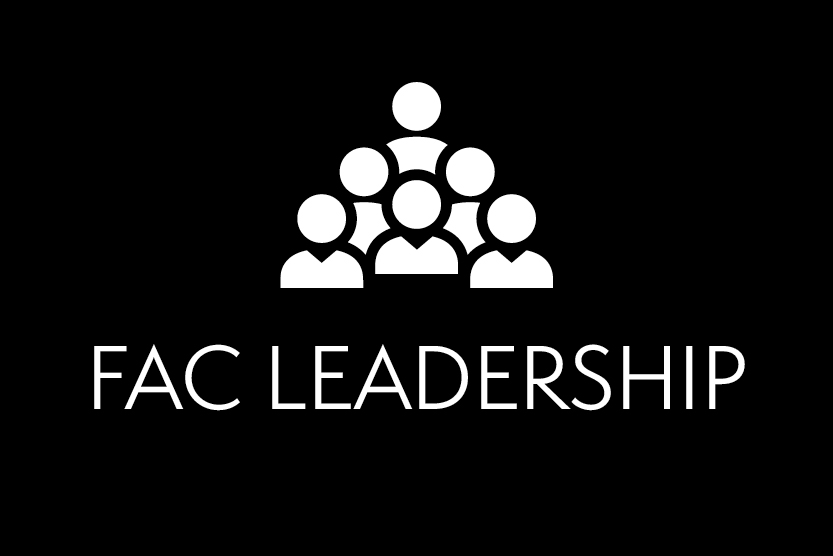Having an estate plan in place is so important. Doing so can save time, money and stress for your loved ones, not to mention prevent unnecessary family disagreements. If you are reading this, take it as your sign to finally get that plan in place. I assure you, it’s easier than most people think.
When it comes to determining how you will distribute your assets, it’s wise to talk with a professional advisor about the impact those assets may have on the people you love. The truth is, not all assets are created equal. Some are best left to children, others to charity. Nebraska Community Foundation works with generous Nebraskans and their professional advisors every day to determine the best ways to leave a legacy that benefits the people and places you care about most.
As an example, let’s imagine a couple with four common assets: a residence, some farmland, a life insurance policy and a tax-deferred retirement account. To keep it simple, let’s say each of these assets are worth the exact same amount—say $250,000. The couple decides that upon their passing, each of their four children will inherit one of their assets of the exact same worth. Seems fair, right?
In reality, depending on the asset and the heir, some inheritances can be more burdensome than others. In the example provided above, only one of the kids would be guaranteed the full $250,000. The other assets are a bit more complicated. Here are the implications these common assets may have for the beneficiaries that receive them.
Residence: If the value of the home has increased, the beneficiary will receive a step-up in basis. They will not have to pay income tax, however, there may be related expenses for things such as repairs, remodeling, realtor fees, and closing costs.
Farmland: Again, the beneficiary receives a step-up in basis. If they elect to keep the property, they will not have to pay income tax. There are, however, potential risks and costs to the beneficiary such as property management fees, and, of course, fluctuations in profit from year to year.
Life Insurance: A gift of life insurance is an uncomplicated gift for children or charity. In most cases, the beneficiary does not have to pay income tax and will receive the value of the policy in full.
Tax-Deferred Retirement Account: Inheriting a tax-deferred retirement account comes with heavy tax implications. A beneficiary may choose to withdraw the full sum or receive it in installments. Either way, they will pay state and federal income taxes, and possibly estate taxes, drastically reducing the value of the gift. Charities, on the other hand, are exempt from these taxes.
Here’s another consideration. According to Nebraska Community Foundation’s 2021 Transfer of Wealth Study, more than $100 billion will transfer from one generation to the next over the next 10 years in Nebraska. There is always a transfer from generation to generation, as parents pass away and leave their estate to their children. But if the heirs no longer live where they grew up, that wealth may leave as well.
NCF’s Five to Thrive campaign asks you to consider leaving just five percent of your assets to your Nebraska hometown or another favorite local charity. If we all left five, that’s well over $5 billion that could be reinvested in our communities over the next 10 years… $47 billion over the next 50. We certainly are not suggesting that you write your loved ones out of your estate plans, but the collective action of leaving a small percentage could make an enormous impact—it could be a gamechanger for the future of our hometowns.
Again, it is important to speak with a professional advisor about your specific situation. Nebraska Community Foundation is always available to join the discussion and help discern how your most tax-laden assets might be used to leave your legacy.


